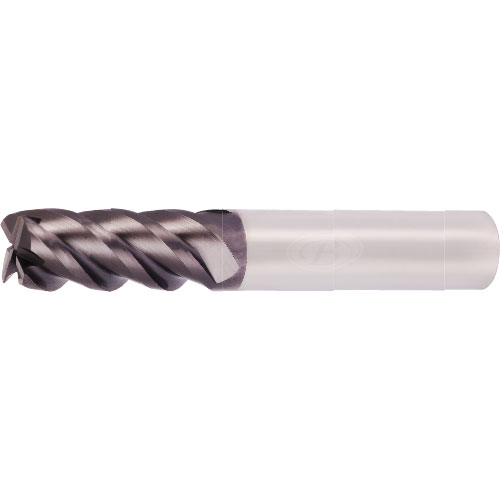Machining was always about precision and speed. But in the highly competitive manufacturing industry efficiency is now a requirement. If you’re making automotive parts as well as aerospace components or high-tech electronic components, the tools that you select will impact your bottom line. The indexable drill, high-speed drill, the tungsten carbide inserts and threading tools make a difference.

Image credit: stwang-tw.com
These aren’t simply updates of old tools. These new tools offer a more efficient way of working, which decreases downtime, lowers costs and delivers better results while working with less effort. Let’s look closer at how they can help manufacturers cut faster, drill more efficiently and finish more quickly.
Indexable Drills: More Holes, Less Hassle
Drilling holes of a large size used to be expensive and laborious. The drills were prone to wear out, needed sharpening, and, in many cases, slow production lines. This is why more machine operators are using indexable drills. When the drill becomes dull, instead of having to replace the whole tool you can simply change the cutting elements.
What makes indexable drills distinct is their efficiency. They’re designed for long-running runs, performance that is heavy-duty and simple maintenance. You can reduce loss, keep your tool inventory low, and extend the life of your equipment by using interchangeable inserts. SHANG TZANG WANG ENTERPRISE Co. Ltd. offers disposable drills with core-stay with a consistent performance, even in larger diameter applications. If you are a shop that does repeated hole machining this upgrade can help reduce the amount of time spent in the shop every week.
High Speed Drills: Made for the modern demands
In a manufacturing environment where time really is money high-speed drills are designed to speed up the process without sacrificing precision. These drills are ideal for extremely tough materials as well as quick cycles. They’re used in everything from precision medical parts to high-volume automotive parts.
Modern high-speed drills come with optimised flute designs and cutting-edge coatings that prevent heat buildup, reduce friction, and extend time of use. This means less breaks and less tool replacements and a greater number of parts. For any machinist who’s felt the frustration of a broken drill mid-cycle, switching to a high speed drill can feel like a revelation.
Tungsten Carbide End Mills: Reliable Performance Cut After Cut
When it comes to milling, tungsten carbide end mills are among the most productive of the shop floor. The end mills’ hardness and resistance to heat are a preferred choice to cut through tough materials. Whether you’re roughing out large sections or working on tight edges, these machines provide steady results that the operators can rely on.
What distinguishes tungsten carbide mills as distinct is their versatility. They can be customized to suit a variety of applications that range from aluminum to titanium with different flute counts and Helix angles. Endmills made of carbide are great for those who want to keep their precision in check while maintaining durability.
Threading Inserts: Tiny Tools, Big Impact
The process of creating threads might seem like an insignificant part of a process, but it’s actually among the most vital aspects. A weak thread can damage an otherwise perfect part. It is essential to choose threading inserts of the highest quality. These tiny, replaceable tools are specifically designed to cut threads either on the outside or inside of the nut, with precision and consistency.
Threading inserts, unlike traditional taps and dies which wear out in a variety of ways they provide reliable results. If one edge becomes dull, just index to the next cutting edge no need to remove the tool or re-grind. This is an easy affordable, simple, and cost-effective method of doing this. Machinists value threading inserts not only for their speed but for their durability. The right insert will ensure that your threads are perfectly sized on the first try. There is no need to rework or repeat passes.
The Bottom Line
In the modern world of machining, time is a resource you can’t afford to waste. Therefore, today’s most efficient shops are shifting toward smarter, more adaptable solutions for tooling. These cutting tools are not only more accurate, but they also streamline workflows and minimize changes, as well as extend the lifespan of the tool. What’s the result? This means less time spent trying to solve problems, so more time is spent providing high-quality components. In a market where greater demands and smaller margins are standard and tools that function more efficiently gives manufacturers the edge they require to stay at the top of their game.